
Celebrating a fellow great ape


was on the 14th July 1960 that Dr Jane Goodall first stepped foot in what is now Gombe Stream National Park in Tanzania, to study wild chimpanzees. She called attention to the remarkable chimpanzee, and to this day, six decades later, she advocates on their behalf.
Some people only celebrate chimps on World Chimpanzee Day (14th July every year), but we do so every day. The stunning images below, submitted over the years for our Photographer of the Year, empower us all to celebrate our fellow great apes.
Chimpanzees live in western and central African primary and secondary woodlands and forests, farmland and fallow oil palm plantations. They are the smallest of the great apes and our closest living relative. They are the most abundant and widespread of the great apes other than humankind (population estimate 345,000 to 470,000) and yet are classified as ‘Endangered’ on IUCN’s Red List because of high levels of poaching, infectious diseases, loss of habitat and deterioration of habitat quality. There has been a significant population reduction in the last 20-30 years, and it is suspected that this reduction will continue for the next 30-40 years.
Chimpanzees are protected by national and international laws in all countries of their range, and it is, therefore, illegal to kill, capture or trade in live chimpanzees or their body parts. This legal standing, however, does not prevent the killing of chimpanzees throughout their range. The estimated population reduction over three generations (75 years) from 1975 to 2050 is expected to exceed 50%. Major risk factors include the ongoing rapid growth of human populations, poaching for bushmeat and the commercial bushmeat trade, diseases that are transferable from humans to animals (such as Ebola), the extraction industries (mining and logging), industrial agriculture, corruption and lack of law enforcement, lack of capacity and resources, and political instability in some range states.
These stats do not bode well for the future of chimpanzees, and their need for protection is now greater than ever before. However, as much as it sounds like doom and gloom for this species, there is a silver lining. Several conservation groups and organisations are fighting for their survival; shining the spotlight on these fascinating and complex creatures. They deserve all the protection they can get, and we can only hope that their future will be a bright one. ![]()
“The more I came to learn about chimpanzees, the more I came to realise how like us they are… Finally, we realise we are a part of the animal kingdom not separate from it.” – Dr Jane Goodall DBE, Founder of the Jane Goodall Institute and UN Messenger of Peace

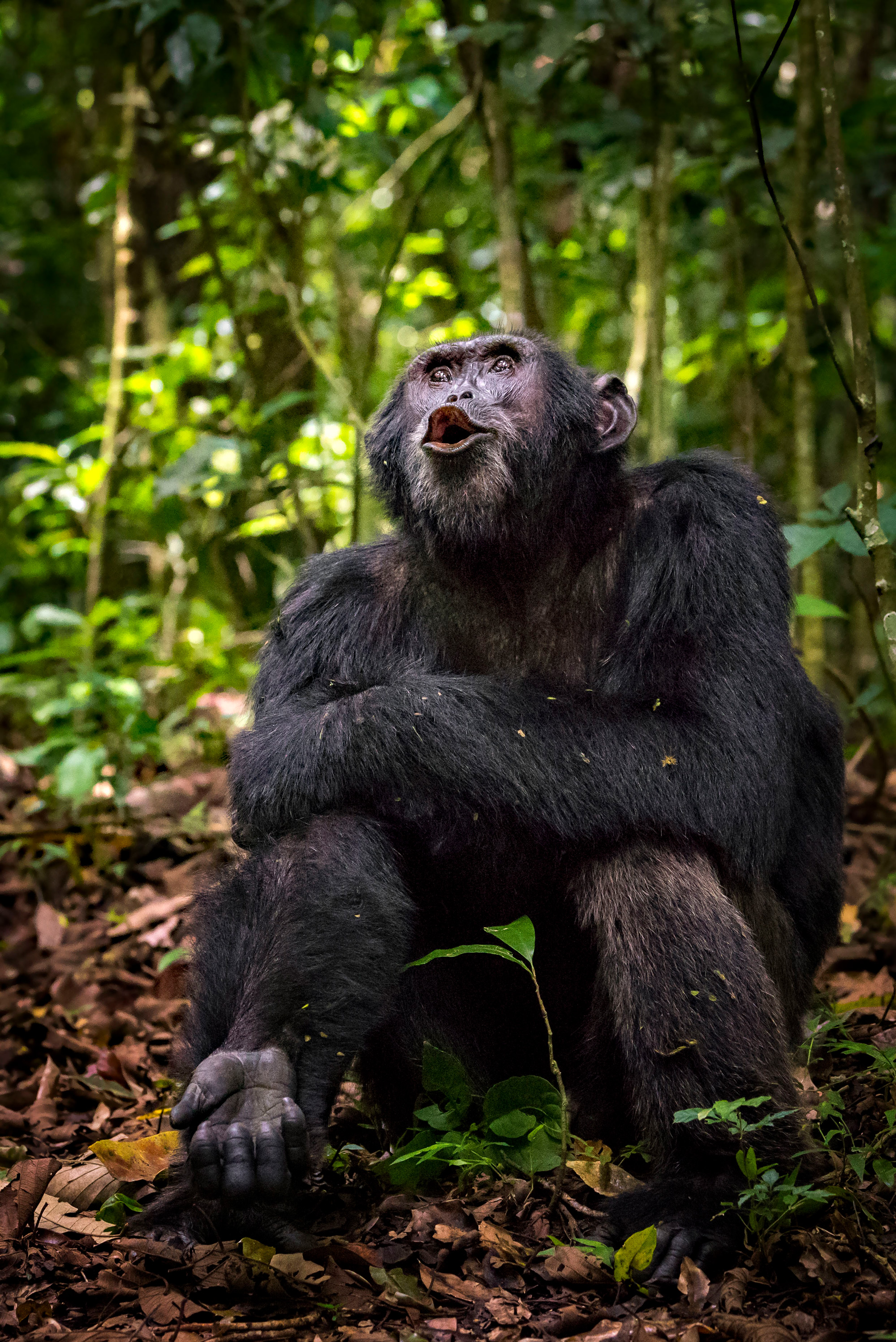
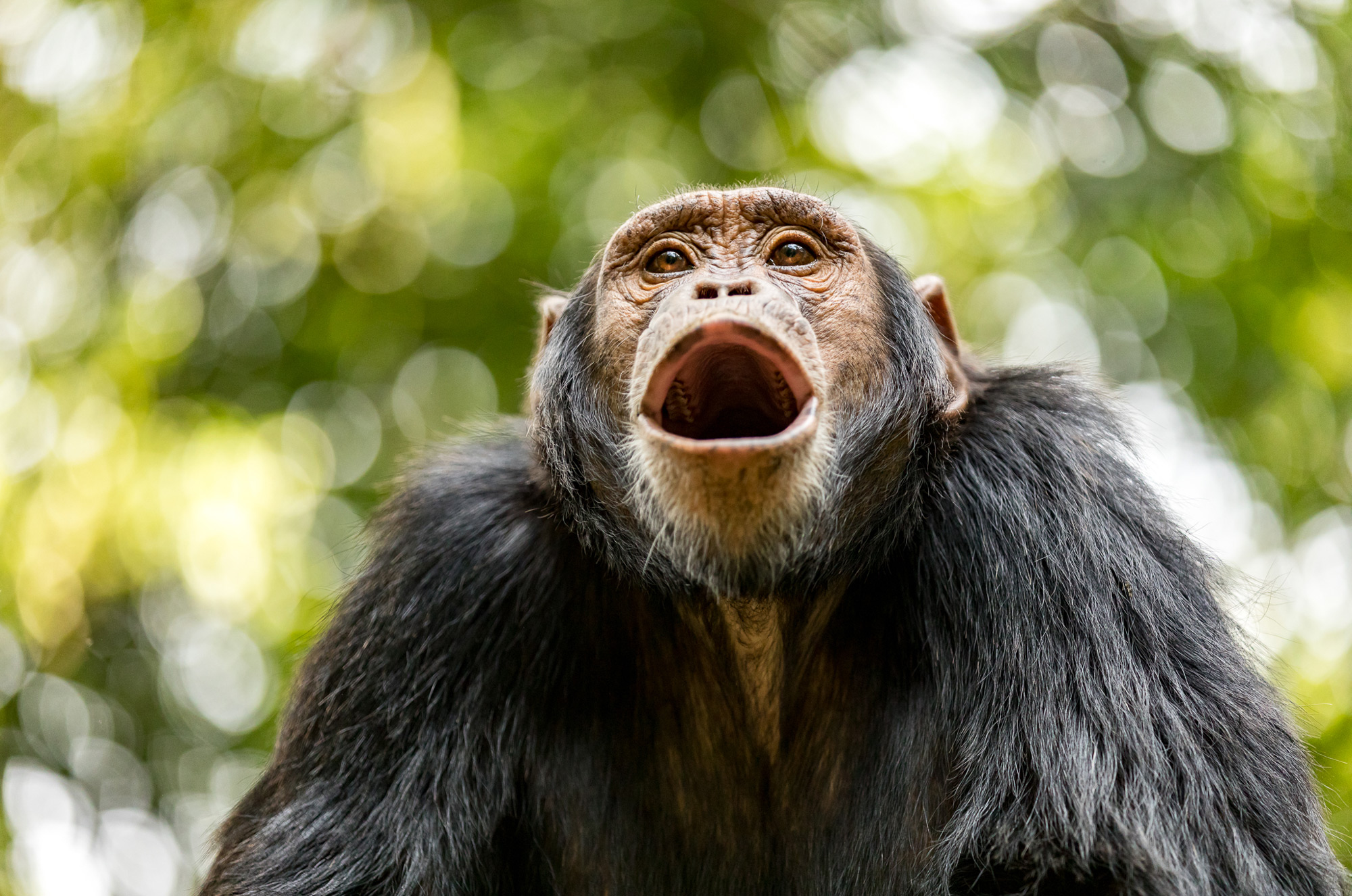
![]()

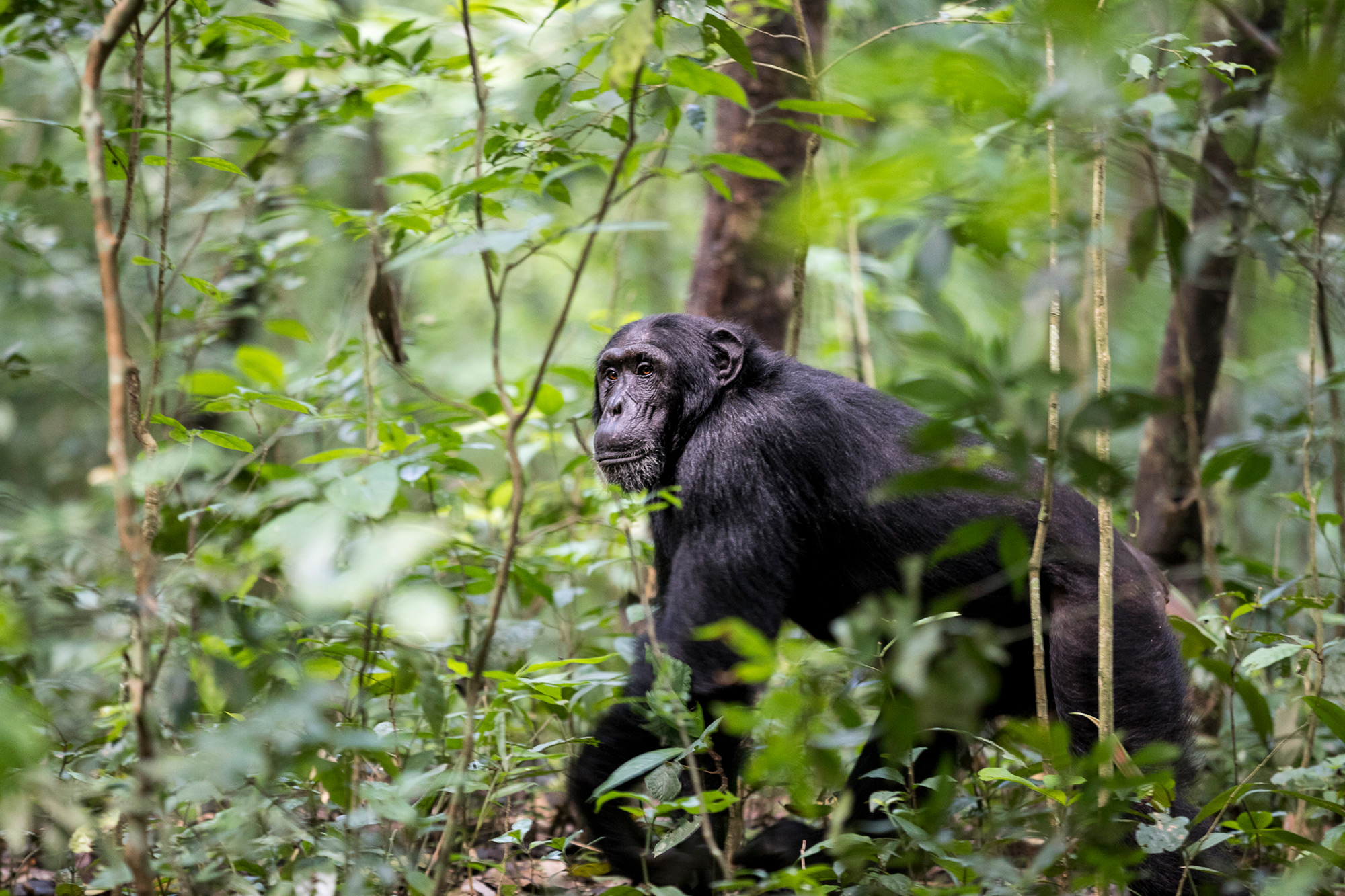
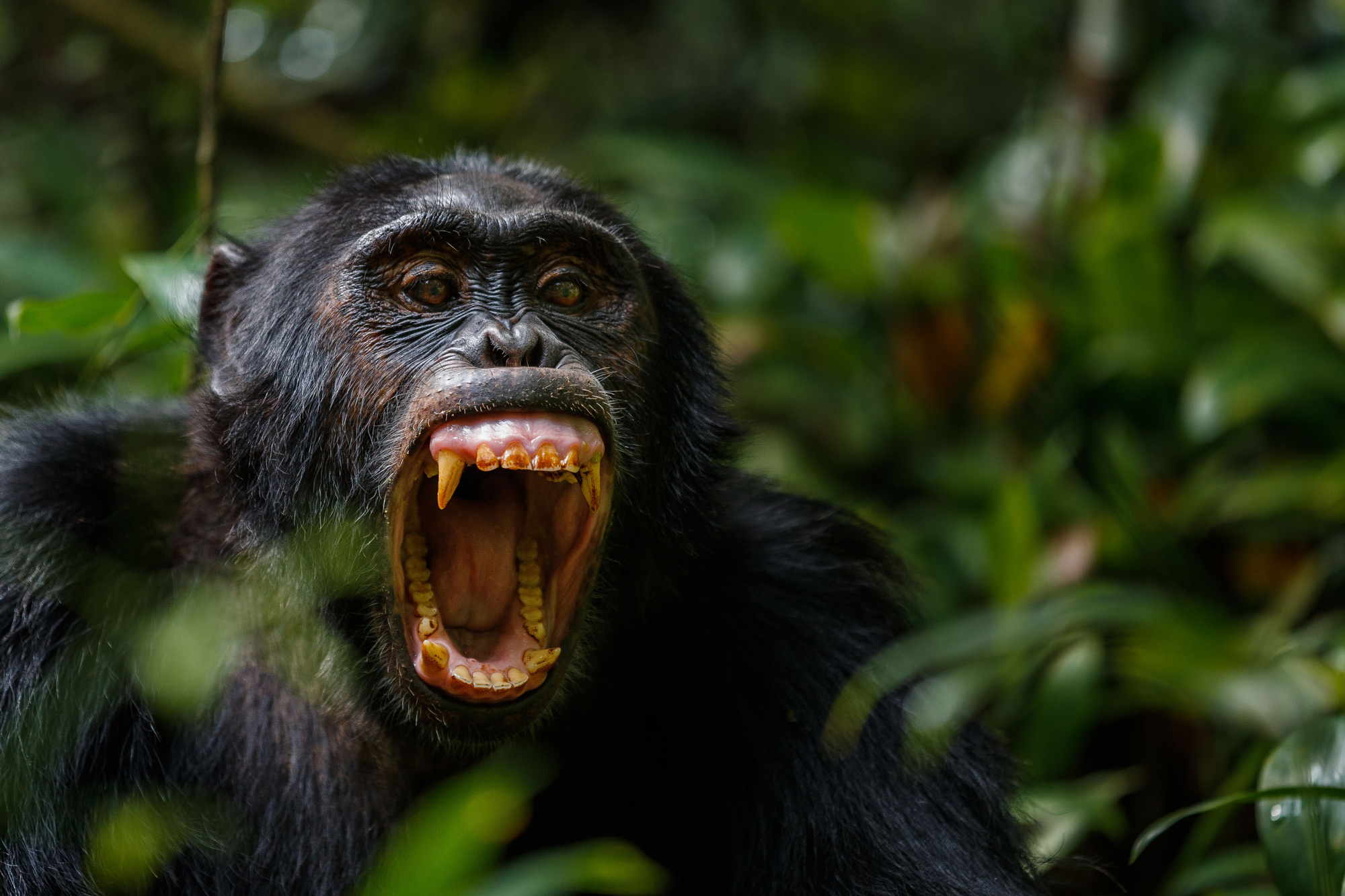
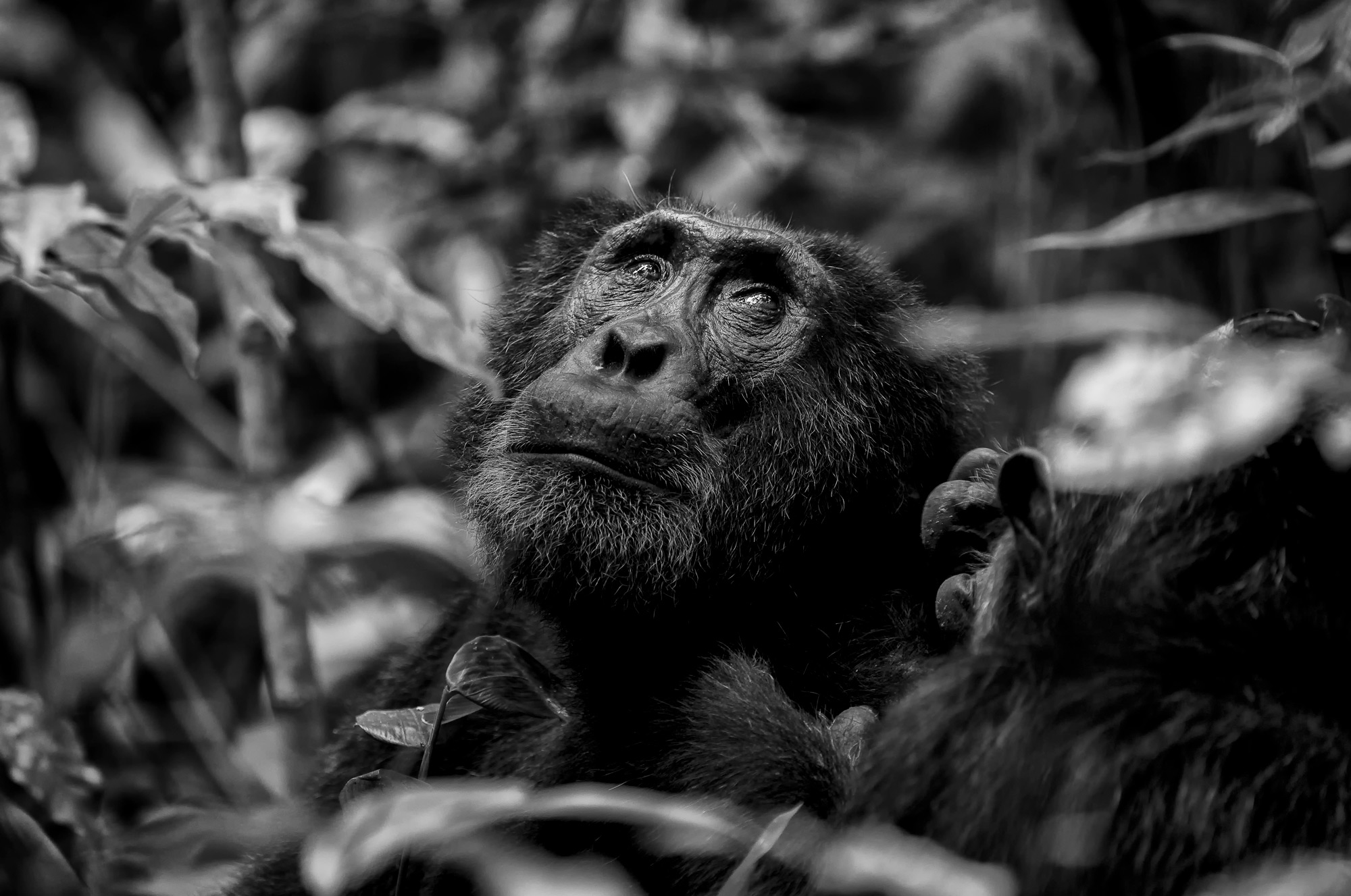


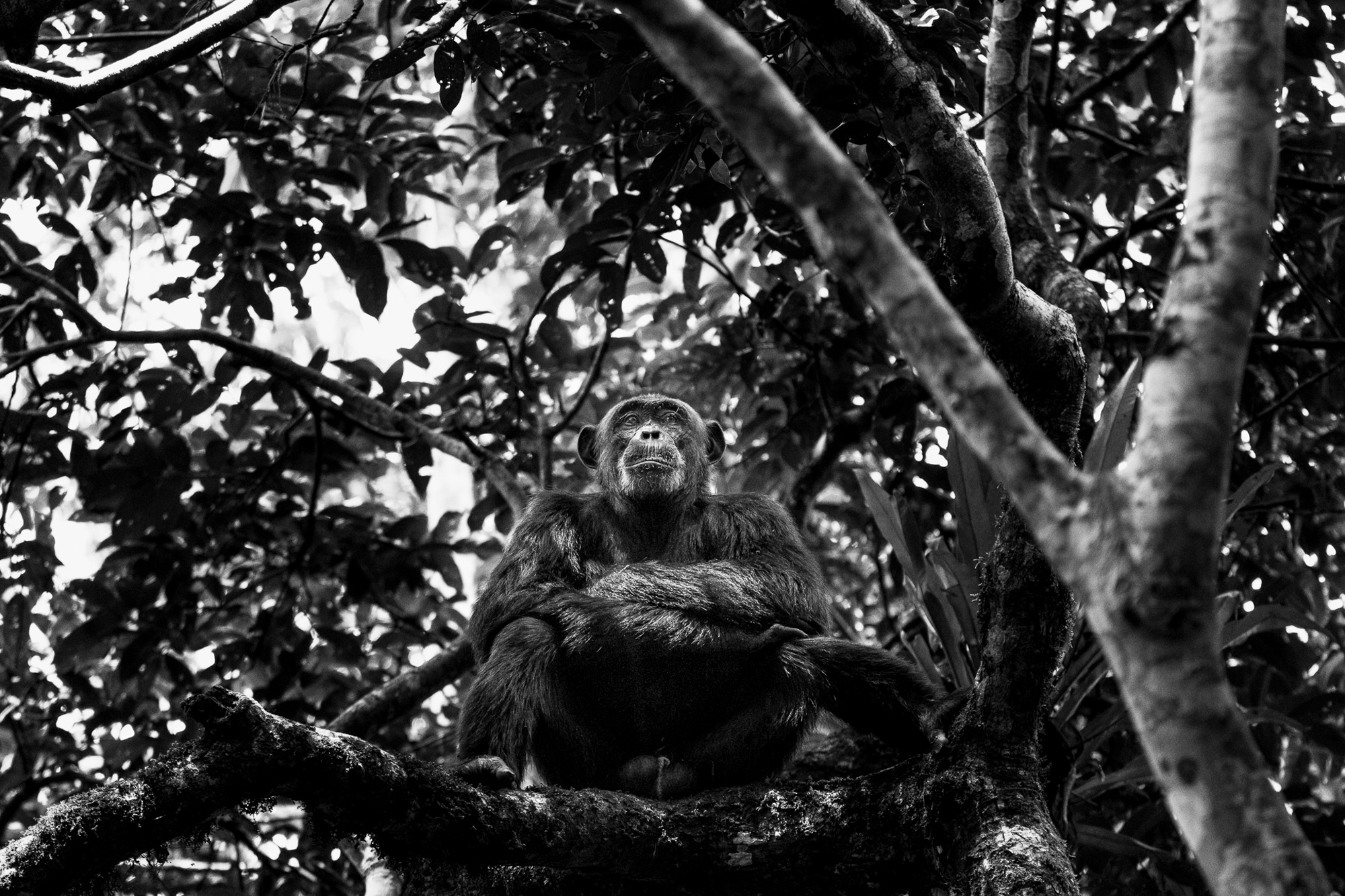
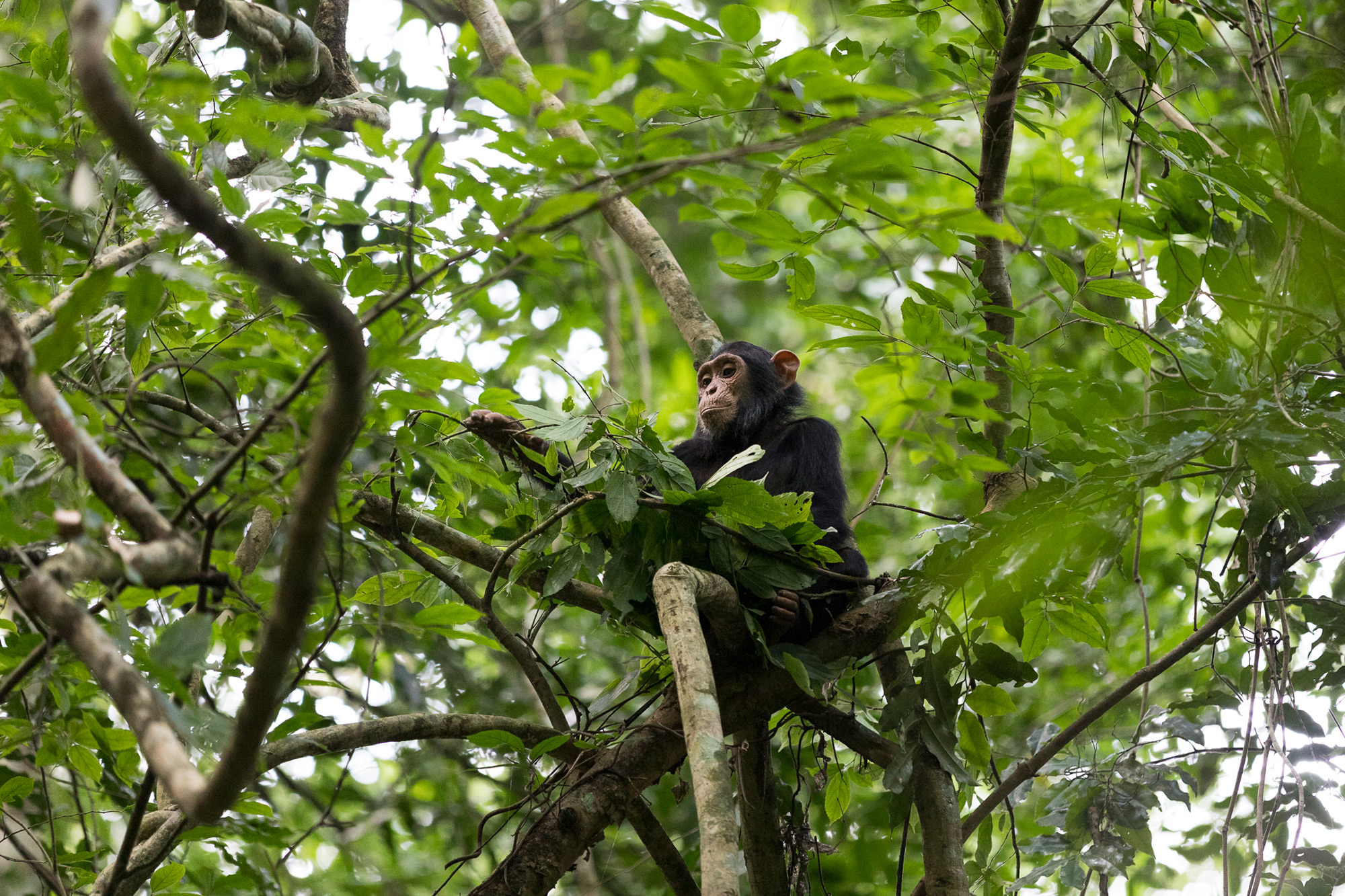

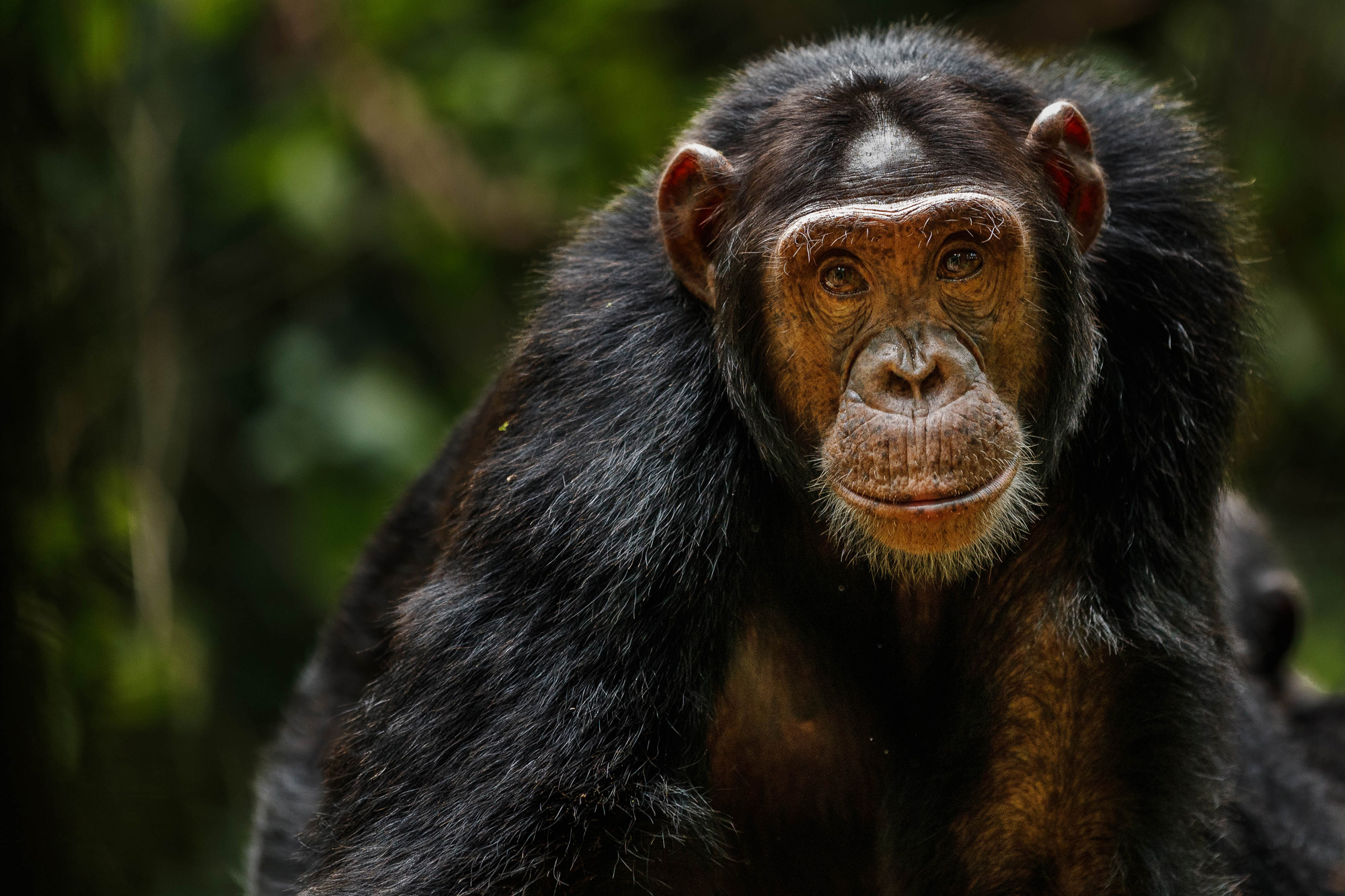
To comment on this story: Login (or sign up) to our app here - it's a troll-free safe place 🙂.![]()




